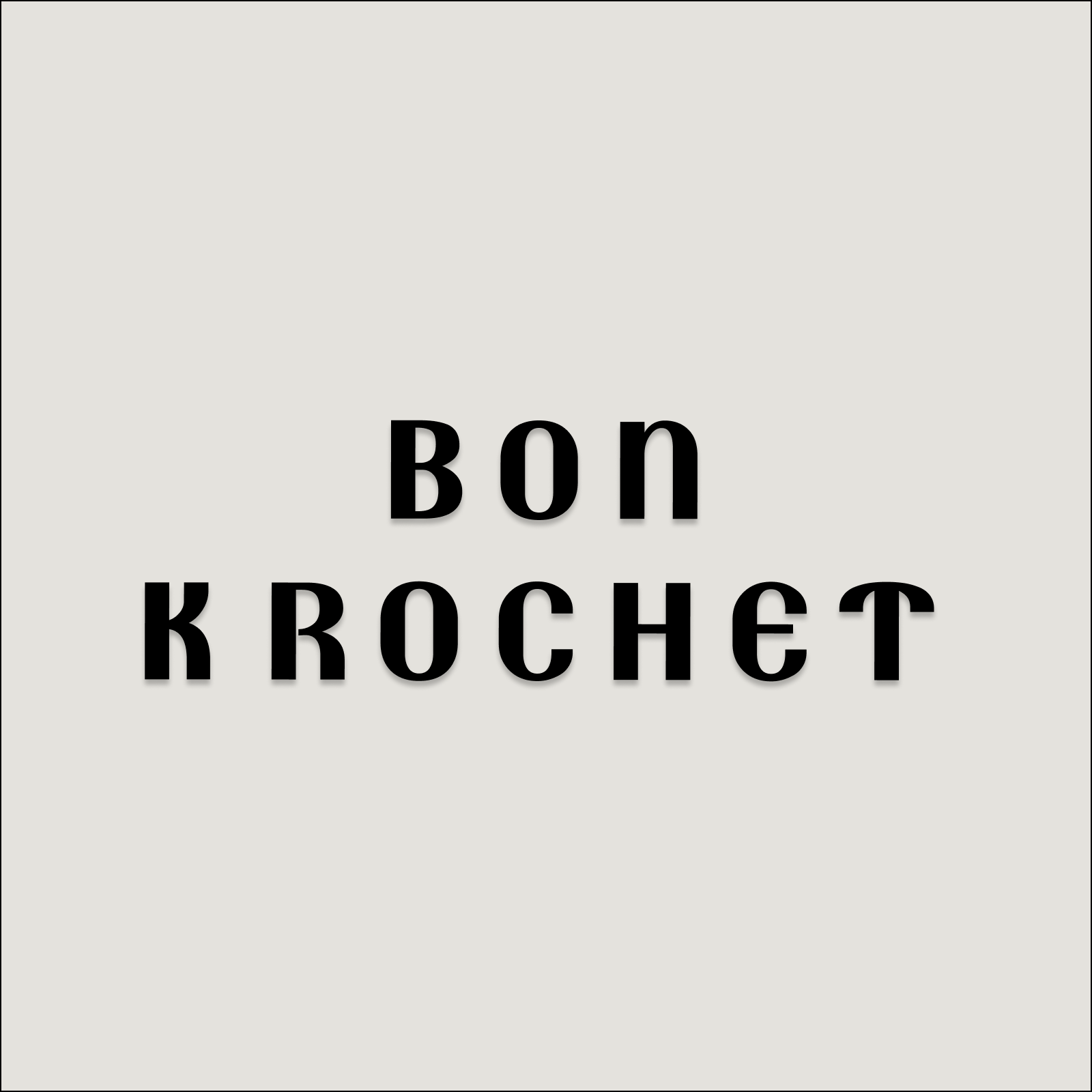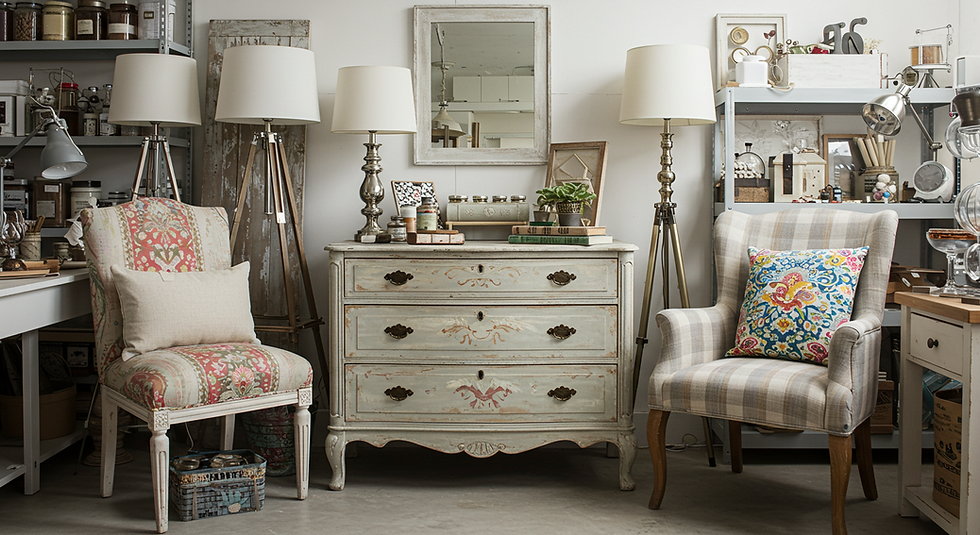Repair and Upcycling: Giving Objects a Second Life
- Bon Krochet

- Apr 15
- 3 min read
Updated: Apr 29

Repair and Upcycling transforms the way we view worn or discarded objects, breathing new life into them through creativity and skill. Across the globe, artisans and everyday makers use techniques like weaving and pottery to mend and reimagine items, turning the broken into the beautiful. This practice not only preserves the past but also paves a sustainable path forward, proving that creativity and environmental care can go hand in hand.
The Beauty of Mending
Repair and upcycling are rooted in a deep respect for materials and their stories. A cracked clay pot, once used to store water, can be mended with natural glues and transformed into a planter with added woven fiber accents. A frayed textile, worn from years of use, can be patched with handwoven fabric or repurposed into a new piece, like a quilt or wall hanging. These acts of care extend the life of objects, reducing waste and honoring their original purpose.
The philosophy behind Repair and Upcycling is simple: nothing is truly broken if it can be reimagined. By using natural materials—like clay, wool, or plant fibers—makers ensure that the process remains eco-friendly, aligning with a circular economy where resources are reused rather than discarded.

Techniques of Repair and Upcycling
The methods of Repair and Upcycling draw on traditional craftsmanship, blending age-old skills with modern creativity. In pottery, artisans use techniques like kintsugi—a Japanese method of mending broken ceramics with gold-infused resin—to highlight cracks as part of the object’s history. Others wrap pottery in woven fibers, adding both function and beauty, such as turning a chipped vase into a decorative basket.
Weaving plays a key role in upcycling textiles. Worn fabrics are patched with handwoven pieces, or unraveled threads are respun into new yarn for entirely new creations. Techniques like darning—sewing patterns over holes—or patchwork allow makers to repair and enhance textiles, giving them a second life as clothing, bags, or art pieces.
A Global Movement
Repair and Upcycling is a global practice, found in cultures worldwide. In Japan, kintsugi celebrates imperfection, while in India, old saris are quilted into kantha blankets. In Western countries, upcycling has surged as a response to fast fashion, with makers turning thrift store finds into unique pieces through embroidery or patchwork.
This movement fosters community and creativity. Repair cafes, where people gather to mend items together, are popping up in cities globally. Online platforms share tutorials on upcycling, from weaving new patterns into old rugs to transforming broken pottery into mosaic art. These efforts not only reduce waste but also build connections, proving that sustainability can be a collective endeavor.
The Environmental Impact
The environmental benefits of Repair and Upcycling are profound. By repairing a single item, you prevent it from ending up in a landfill, where it might take decades to decompose. Upcycling reduces the demand for new materials, conserving resources like water, energy, and raw fibers. For example, repurposing a textile saves the 2,700 liters of water needed to produce a single new cotton shirt.
Moreover, these practices often use natural, biodegradable materials, ensuring that even at the end of their life cycle, objects return to the earth without harm. Repair and Upcycling shows that small, creative acts can have a big impact on the planet.
Why Repair and Upcycling Matters
Repair and Upcycling is more than a craft—it’s a mindset. It challenges the throwaway culture of modern life, encouraging us to see value in the worn and broken. A mended pot or a patched textile carries the story of its journey, becoming more meaningful with each repair.
For those inspired to start, begin small: mend a torn shirt with a woven patch, or turn a cracked pot into a planter. Join a local repair workshop or explore online communities for ideas. Repair and Upcycling invites us to give objects a second life, weaving sustainability and creativity into every stitch and shard.



Comments